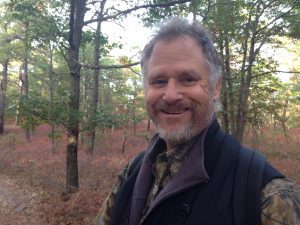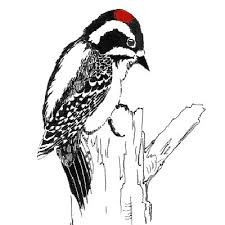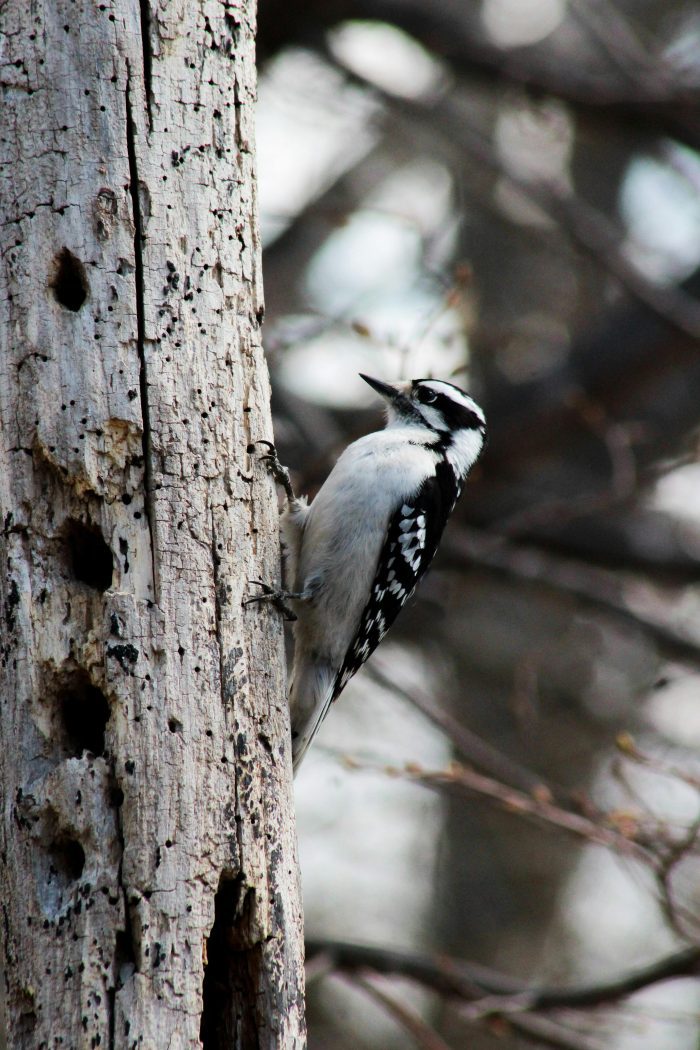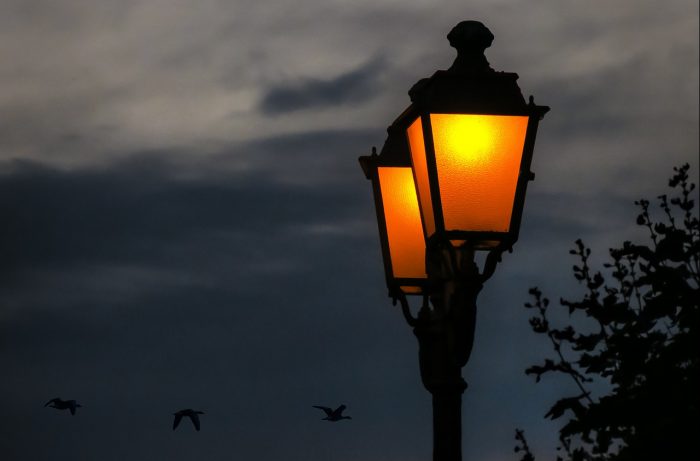A Column Promoting a More Earth-Friendly Lifestyle
By John L. Turner

During their lives trees perform functions critical to the health of forests and its wildlife — providing oxygen to the atmosphere for the benefit of all animals including humans, preventing soil erosion and helping to enrich and aerate the soil, and producing food such as nuts, fruits, and seeds that nourish many species of wildlife.
In death, trees continue to serve vital ecological functions; as the wood softens and the bark peels away from the trunk, the tree creates nesting and roosting habitat as bats and many insects and other invertebrates seek shelter under the bark as does one bird, the brown creeper, which builds it’s crescent shaped nest under large pieces of bark. Woodpeckers have an easier time excavating cavities in the trunk creating nesting habitat for themselves and more than 80 other species of North American birds. These cavities are used by many other wildlife including reptiles, amphibians, and, of course, many mammals like raccoons and flying squirrels. Condominiums in the tree canopy are available to many!
 As the wood softens further, breaking down from the elements of weather, fungus, bacteria and insects, the standing tree becomes a cafeteria too. Woodpeckers chip away the softened wood to feast on beetle grubs previously hidden beneath the surface and mammals feed on several types of shelf fungus that sprout from the trunk like the well known chicken-of-the-woods and hen-of-the-woods, two delicious mushrooms that humans like too!
As the wood softens further, breaking down from the elements of weather, fungus, bacteria and insects, the standing tree becomes a cafeteria too. Woodpeckers chip away the softened wood to feast on beetle grubs previously hidden beneath the surface and mammals feed on several types of shelf fungus that sprout from the trunk like the well known chicken-of-the-woods and hen-of-the-woods, two delicious mushrooms that humans like too!
Given all the benefits of dead trees, which collectively help to stabilize local ecosystems, the message is obvious — if you have dead trees on your property located out of harm’s way from structures such as your home, garden sheds, and the like, let the dead tree give life. If you do, you might be lucky enough to see a roosting screech owl or a flying squirrel gliding from one tree to another in the darkness
A resident of Setauket, author John L. Turner is a naturalist, conservation co-chair of the Four Harbors Audubon Society, and Conservation Policy Advocate for the Seatuck Environmental Association.






